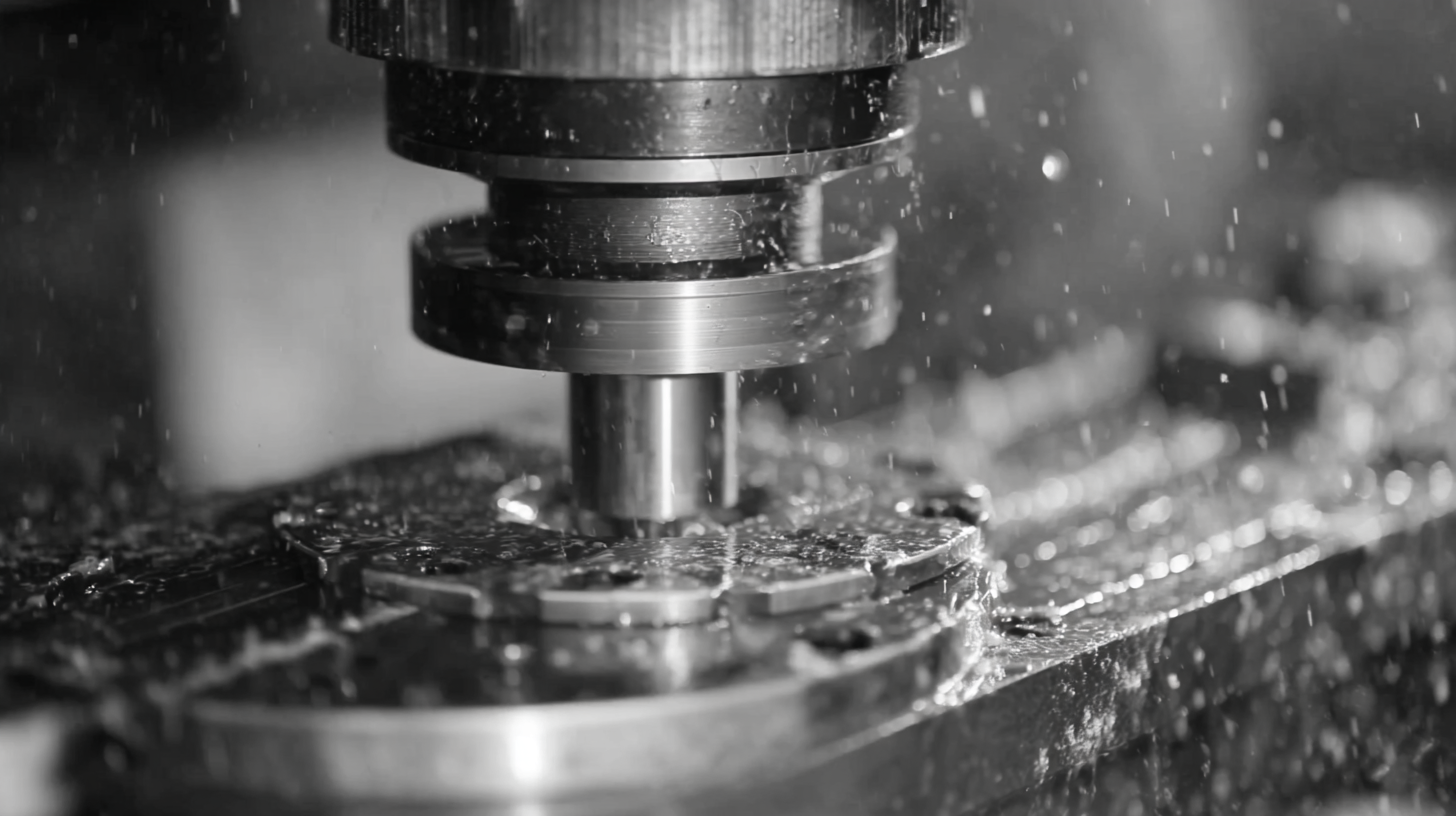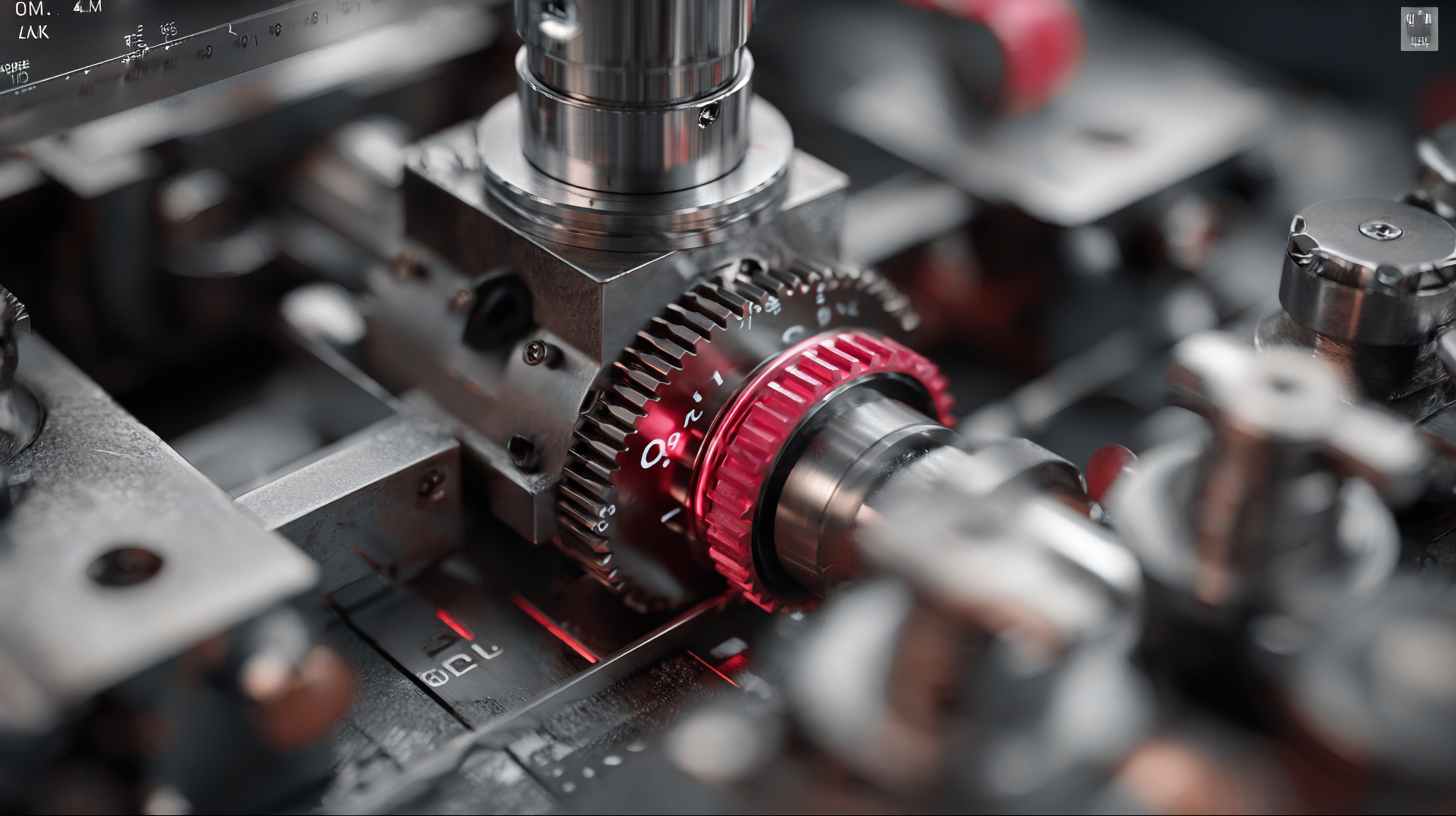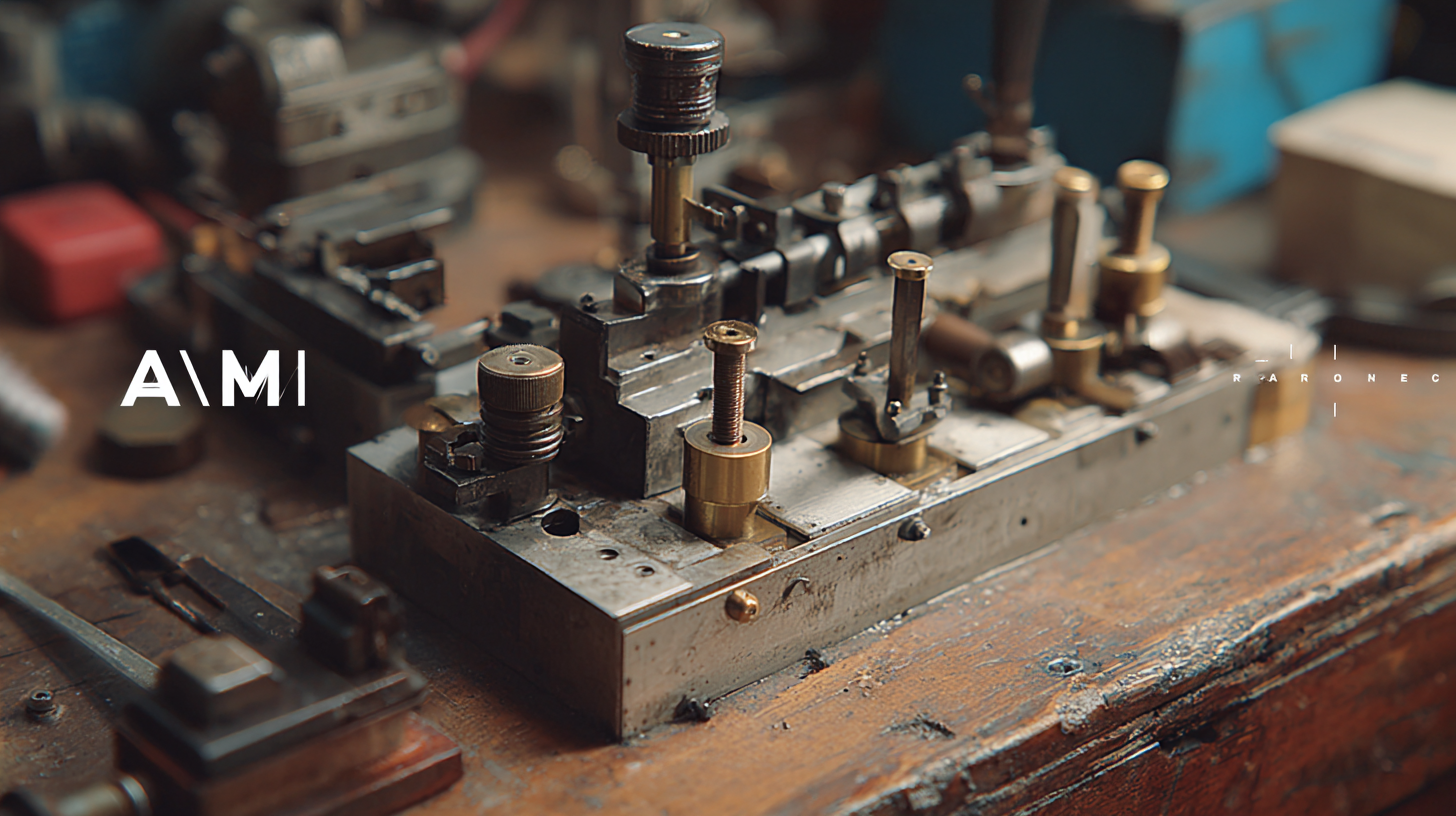Unlocking Precision: Exploring the Features and Applications of the Best Manual Glass Cutting Machines
In the rapidly evolving world of glass processing, the demand for precision and efficiency has never been greater, making the rise of the Manual Glass Cutting Machine a crucial development in the industry. According to a recent market research report by Smithers Pira, the glass cutting equipment market is projected to grow at a CAGR of 4.5% through 2026, underlining the increasing reliance on manual cutting techniques for intricate designs and custom applications. This growing trend is particularly evident in craftsmanship sectors, where artisanal skills meet modern technology, enabling manufacturers to minimize waste while enhancing precision. As we delve into the features and applications of the best manual glass cutting machines, we will uncover how these tools are not just facilitating creativity but also driving forward China’s reputation for producing high-quality, precision-engineered products that cater to a global market.

Key Applications of Manual Glass Cutting Machines in the Construction Industry
Manual glass cutting machines play a vital role in the construction industry, especially for tasks requiring precision and versatility. These tools allow craftsmen and builders to make accurate cuts on various glass types, which is essential when fitting windows, facades, or custom glass installations. Utilizing manual glass cutting machines, workers can achieve clean edges and minimal waste, which is crucial in both material cost management and overall project efficiency.
When operating a manual glass cutting machine, consider these helpful tips: Always ensure your workspace is clean and free from debris, as any obstruction can lead to inaccurate cuts and potential accidents. Additionally, regularly maintain your cutting blades to keep them sharp; a dull blade requires more force, which may result in uneven cuts and increase the risk of breakage. Lastly, practice the scoring technique—applying consistent pressure while moving the cutter along the glass ensures a straight line and better results.
From interior design applications to large-scale commercial projects, manual glass cutting machines are indispensable in achieving high-quality results. By understanding how these tools can enhance productivity and precision, professionals in the construction industry can leverage their full potential for a seamless workflow.
Unlocking Precision: Key Applications of Manual Glass Cutting Machines in the Construction Industry
Statistics on Manual Glass Cutting Machine Efficiency Compared to Automated Systems
Manual glass cutting machines have garnered significant attention in recent years, particularly in comparison to their automated counterparts. Statistics reveal that while automated systems boast speed and consistency, manual machines often demonstrate superior precision, especially in intricate work. A recent study indicated that craftsmen using manual cutting tools achieved up to 95% accuracy in their cuts, while automated systems varied between 85% and 90% due to calibration issues or material inconsistencies. This level of precision is critical in sectors demanding meticulous detail, such as stained glass artistry and bespoke installations.

Moreover, efficiency plays a key role in the ongoing debate between manual and automated glass cutting. Manual glass cutting machines require a lower initial investment and offer greater flexibility for small-scale projects, enabling artisans to adapt quickly to the specific needs of each job. Data shows that in small to medium production runs, manual operations can cut production time by approximately 20% compared to automation when accounting for setup and maintenance downtime. This balance between precision and efficiency positions manual glass cutting machines as indispensable tools in the hands of skilled craftsmen, ensuring high-quality outcomes while maintaining control over the cutting process.
Top Five Features of Manual Glass Cutting Machines Driving Industry Adoption
Manual glass cutting machines are becoming increasingly essential in various industries, driven by their precise performance and operational efficiency. One of the standout features is the high degree of accuracy they offer. According to a report by the Glass Manufacturing Industry Council, advancements in cutting technology have improved precision levels to within 0.1mm, significantly reducing material waste and ensuring better yield from raw glass sheets.
Another key feature is user-friendliness, as modern manual glass cutting machines are designed with ergonomic grips and simplified controls. The International Glass Association noted that over 70% of glass fabricators prioritize ease of use when selecting equipment, making ergonomic design a primary consideration in new models. Additionally, portability adds value, as these machines allow for on-site cutting, enhancing workflow efficiency and reducing the need for transporting large glass panels for processing.
Moreover, durability plays a crucial role in the adoption of manual glass cutting machines. With many models now featuring robust, weather-resistant materials, they can withstand the rigors of heavy use in various environments. Reports indicate that investing in high-quality machines reduces maintenance costs by up to 40%, making them a smart choice for both small workshops and large-scale manufacturers.
Unlocking Precision: Exploring the Features and Applications of the Best Manual Glass Cutting Machines
| Feature |
Description |
Applications |
| Precision Cutting |
Allows for accurate and clean cuts with minimal chips. |
Art glass, stained glass, window panes. |
| Ergonomic Design |
Comfortable grip and handling for prolonged use. |
Small-scale glass studios, DIY projects. |
| Adjustable Cutting Depth |
Customizable depth settings to accommodate different glass thicknesses. |
Architectural glass, custom glass installations. |
| Easy Maintenance |
Simple assembly/disassembly for cleaning and upkeep. |
Any setting requiring regular maintenance of tools. |
| Portability |
Lightweight and compact for easy transport. |
On-site installations, craft fairs, workshops. |
Case Studies: Success Stories from Companies Using Manual Glass Cutting Solutions
The manual glass cutting industry has seen remarkable advancements, with companies achieving significant success by embracing innovative cutting solutions. A recent report by IBISWorld indicates that the glass manufacturing sector in the U.S. generates approximately $30 billion in revenue annually, showcasing a robust market ripe for exploration. Companies that have incorporated manual glass cutting machines have reported increased precision and efficiency, leading to reduced waste and enhanced profitability. For instance, a case study of a leading automotive glass manufacturer revealed a 20% decrease in production costs after transitioning to a high-quality manual cutting solution.
One noteworthy success story is that of a local glassworks in Germany, where the adoption of manual glass cutting machines has facilitated intricate designs for custom glass products. The business experienced a 35% boost in customer satisfaction due to faster turnaround times and more intricate designs. This aligns with a survey from Glass Magazine, which reported that 70% of companies using manual cutting solutions noted improved quality and turnaround efficiency.
Tip: When choosing a manual glass cutting machine, consider factors such as blade material, cutting speed, and the machine's overall weight. These can greatly impact precision and ease of use.
Tip: Regular maintenance of manual cutting machines is essential to ensure optimal performance. Scheduled blade replacements and equipment inspections can prevent costly downtime and maintain production quality.
Cost-Effectiveness Analysis: Why Manual Glass Cutters Remain Industry Favorites
In the realm of glass cutting, manual glass cutters have maintained their status as industry favorites due to their cost-effectiveness and reliability. Unlike automated machines that often come with a hefty price tag, manual glass cutters are not only affordable but also require minimal maintenance. This low initial investment makes them accessible for small businesses and hobbyists alike, providing an economical solution without compromising on quality or precision.
Furthermore, the simplicity of manual glass cutting tools allows users to achieve fine results with a bit of practice, making them ideal for personalized projects. There's a tangible satisfaction in mastering the technique, as each cut reflects the craftsman's skill. The ability to adjust pressure and angle while cutting gives artisans a greater sense of control over their work, which is particularly beneficial when dealing with intricate designs or specific project requirements.
This hands-on approach ensures a level of engagement and craftsmanship that automated machines often lack, keeping manual glass cutting methods firmly within professional and DIY circles.

Home
About Us
Products
UPVC PVC Window Machine
Aluminum Window Machine
Glass Cutting Machine
Glass Edging Machine
Insulating Glass Machine
Glass lifting machine
Glass Washing Machine
Glass Laminating Machine
Glass Sandblasting Machine
Glass Drilling Machine
CNC Glass Working Center
CNC Non-Metal Cutting Machine
The Other Glass Machinery
Application
Download
News
Contact Us


